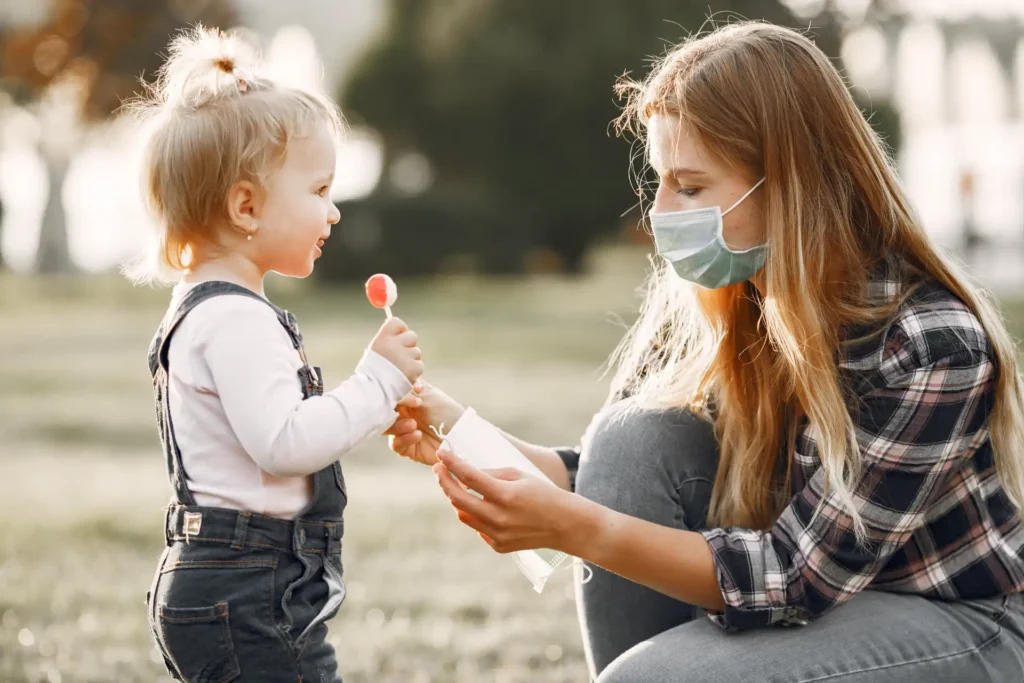By LaVaughn Mosley, MA, LPC-S
For over two decades, I have witnessed the transformative power of group therapy in child care settings. As a licensed professional counselor and treatment director, I have worked with children navigating trauma, behavioral challenges, and emotional hurdles that would overwhelm even the most resilient adults. In this therapeutic environment, group therapy consistently emerges as one of the most potent interventions, fostering connection, healing, and growth in ways individual therapy often cannot.
The Unique Benefits of Group Therapy in Child Care
Group therapy offers a therapeutic space where children can build a sense of community and belonging. For children in residential treatment centers, especially those who have experienced trauma, feelings of isolation and disconnection are common. Many of these children have experienced environments where trust was broken, relationships were harmful, or emotional needs were neglected. In a group setting, these children can begin to rebuild their relational skills, find their voice, and heal together.
Group therapy offers several key advantages for children in care:
Shared Experiences Build Empathy
In a group setting, children are exposed to the stories and experiences of their peers, which helps normalize their own struggles. As they hear others discuss similar fears, frustrations, or past traumas, children begin to feel less alone in their pain. This process is integral in breaking the cycle of shame, a common consequence of childhood trauma. Group members often develop empathy and emotional understanding as they connect with others, learning that their experiences are not unique or abnormal.
A Safe Space to Practice Social Skills
Many children in treatment struggle with social interactions due to past experiences of neglect or abuse. Group therapy offers a controlled and supportive environment where children can practice essential social skills, such as listening, sharing, and responding empathetically. Over time, these newly acquired skills transfer into their everyday lives, helping them build healthier relationships both within and outside the treatment center.
Peer Accountability and Encouragement
In a group, children hold each other accountable. When a child is struggling, other group members often encourage them to engage in positive coping strategies or remind them of the progress they’ve made. This peer accountability is crucial for maintaining therapeutic progress. Children begin to understand that they have an active role not only in their own healing but also in supporting others’ journeys, which fosters a sense of responsibility and communal care.
Modeling Healthy Behaviors
Younger children, in particular, are quick to observe and model the behaviors of others. Group therapy provides opportunities for children to witness positive coping mechanisms in action. Whether it’s another child expressing their emotions appropriately or asking for help when they need it, group members are exposed to healthy behavior patterns they may not have experienced in their past environments.
A Structured Process: The Framework of Effective Group Therapy
To maximize the benefits of group therapy, it’s essential that the sessions are structured, intentional, and guided by evidence-based approaches. Below is a general process for implementing effective group therapy in child care settings:
1. Creating a Safe and Consistent Environment
The foundation of successful group therapy lies in creating a safe and predictable environment. This begins with establishing ground rules that promote respect, confidentiality, and openness. Children must know that their feelings and experiences are valued and that the group is a judgment-free zone. It is crucial for the therapist to model vulnerability and empathy to set the tone for the group.
Gray Literature Support: According to the American Psychological Association’s Guidelines for Group Therapy (2017), establishing safety and trust in the group is the most important element for fostering participation and emotional openness.
2. Guided Group Activities
To break the ice and promote engagement, sessions often begin with structured activities or games designed to facilitate connection. Activities may include cooperative games, art therapy projects, or role-playing exercises. These activities not only reduce anxiety but also help the children develop trust and rapport with their peers and the therapist.
Example: A group of children may work together on a “trust walk,” where they guide one another blindfolded through an obstacle course. This activity teaches communication, trust, and reliance on others—essential skills for forming healthy relationships.
3. Therapeutic Storytelling and Group Sharing
In the core portion of group therapy, children are encouraged to share their experiences and feelings. For younger children, this may involve storytelling or using therapeutic tools such as sand trays or dolls to express emotions. Older children may engage in more traditional talk therapy, sharing their thoughts and feelings directly. As they share, group members are encouraged to offer support, feedback, or simply listen.
4. Cognitive Behavioral Therapy (CBT) Integration
For children who struggle with negative thought patterns or behavioral issues, Cognitive Behavioral Therapy (CBT) techniques are often integrated into group therapy. The therapist guides the children in recognizing unhelpful thoughts and replacing them with healthier, more constructive alternatives. Working through these processes in a group setting allows for peer support and validation, which reinforces positive change.
Source: A study published by the National Child Traumatic Stress Network (NCTSN) emphasizes the effectiveness of integrating CBT into group therapy to help children build emotional regulation and coping strategies (NCTSN, 2015).
5. Peer Feedback and Group Reflection
At the end of each session, children are given the opportunity to reflect on what they learned and provide feedback to one another. This process fosters a sense of communal support and reinforces the idea that they are not alone in their healing journey. Group reflection also empowers children to recognize their own progress and take pride in their role within the group.
Challenges and Realistic Expectations
While group therapy holds immense potential, it’s important to recognize its limitations and challenges, particularly in child care settings:
Group Composition: Group dynamics are crucial. It’s essential that the children in the group are at similar developmental stages and share common goals for therapy. Inappropriate group composition can lead to feelings of frustration or disengagement.
Trauma Sensitivity: Children who have experienced significant trauma may initially struggle with group settings due to feelings of vulnerability. Therapists must be patient and allow time for trust to build gradually.
Realistic Progress: Not every child will benefit from group therapy immediately. For some, it may take several sessions to open up and engage fully. Group therapy should be seen as one part of a comprehensive treatment plan.
Conclusion: Group Therapy as a Gateway to Growth
Group therapy is more than just an intervention—it is a vehicle for transformation. It empowers children to build trust, develop social skills, and experience emotional healing in a communal setting. At its core, group therapy offers children the opportunity to realize that they are not alone in their struggles and that, together, they can find hope and healing.
For child care professionals and caregivers, the key to successful group therapy lies in creating a structured, safe, and supportive environment where children feel valued and heard. With patience, empathy, and expert guidance, group therapy can be a powerful force for change in the lives of the most vulnerable.
References:
American Psychological Association (2017). Guidelines for Group Therapy.
National Child Traumatic Stress Network (NCTSN) (2015). Group CBT for Children with Trauma: A Therapeutic Approach.


